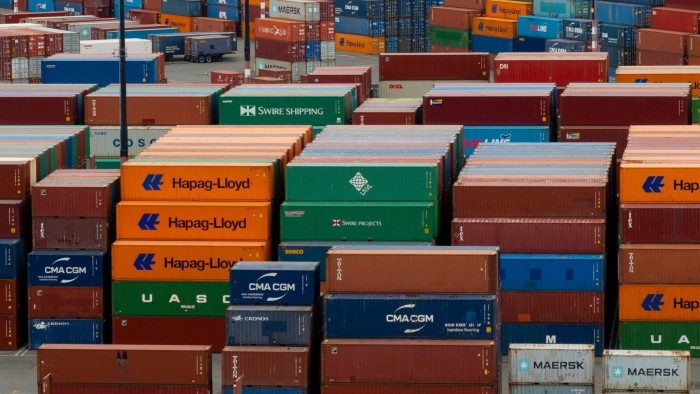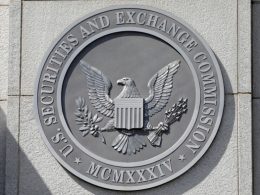Unlock the White House Watch newsletter for free
Your guide to what the 2024 US election means for Washington and the world
Companies are falling behind on loan repayments at the highest rate in nearly eight years and credit analysts worry that tariffs could further stretch the finances of corporate America.
The rise in corporate delinquencies comes as the economy is still good, and consumers continue to spend, but companies struggle with interest rates that have stayed high. Corporate bank loans, unlike other types of debt, tend to be variable rate, meaning they move with interest rates.
US business borrowers were at least one month late on more than $28bn in bank debt at the end of 2024, up $2.2bn in the final three months of the year and $5.4bn from a year earlier, according to newly released bank regulatory data collated by BankRegData.
The data does not include loans from direct lenders and private credit funds, which are an increasingly bigger portion of corporate lending.
For bank loans, delinquency rates for all corporate credit — loans from US banks to both US and foreign companies — climbed to 1.3 per cent at the end of last year, which after a prolonged period of low distress for corporate borrowers is the highest that rate has been since the first quarter of 2017.
At the same time, borrowing by corporate customers fell in the fourth quarter by $100bn, though some of that drop was due to a change in the way regulators defined corporate loans, versus a loan to a bank or other financial institution.
Many people expected interest rates to fall this year after the rate of inflation decreased last year and the Federal Reserve began cutting interest rates. That would have given relief to many business borrowers.
That has not been the case. The drop in inflation stalled last month with consumer prices rising 3 per cent in January, in part because of a jump in food prices. Many economists expect that Trump’s tariffs could reignite a new round of higher inflation or at the very least put off any further interest rate cuts from the Fed.
“Mid-size companies are going to struggle in a higher for longer environment,” said David Hamilton, head of research and analytics at Moody’s. “Large companies are doing fine, but there are a growing number of small and midsized companies that the economy is not providing enough help.”
At least for now, the bank’s themselves are not flashing any warning signs.
“We’re the largest lender to small businesses,” Bank of America’s chief executive Brian Moynihan on the bank’s earnings call with analysts last month. “Those customers tell us they are optimistic.”

Post-pandemic corporate credit has been one of the bright spots for banks. Delinquency rates began rising on auto loans nearly immediately after Covid restrictions on defaults were lifted. Credit card delinquencies started a year after that, as did souring commercial real estate loans.
Corporate loan delinquencies only began rising in late 2023. And while the delinquency rate is up, it still remains well below the 5 per cent rate it hit in the 2008 financial crisis.
But most economists believe there is likely to be more stress for corporate borrowers ahead, with the biggest potential issue being tariffs.
Large companies may be able to navigate the new trade landscape but small and mid-size companies may be hit the hardest by the added cost. That is because those companies have less flexibility in their finances and supply chains, and often do not have the capital to weather disruptions.
“Tariffs if they endure long enough are going to inflict an enormous economic cost on small and mid-sized businesses,” said Hamilton.
“Our outlook for distress is looking like it will remain elevated.”
Source link









